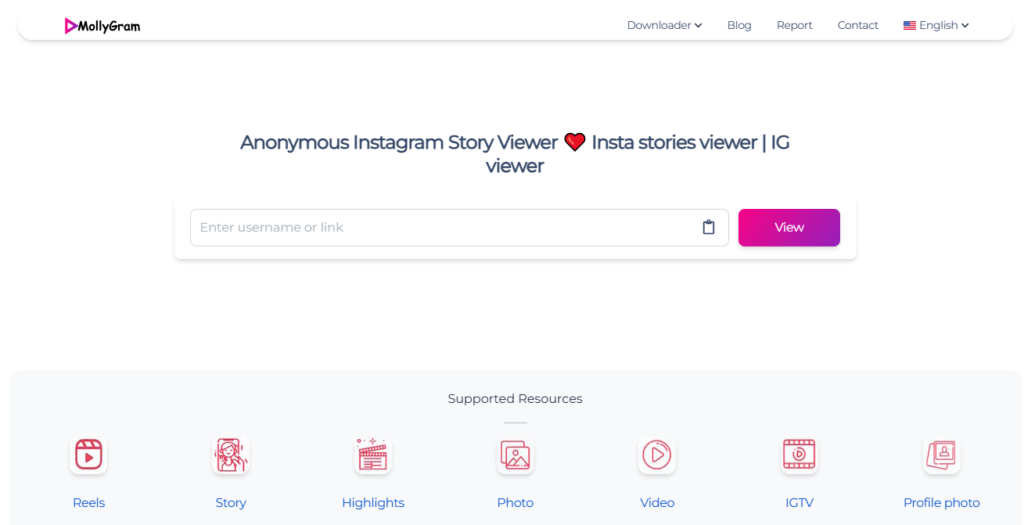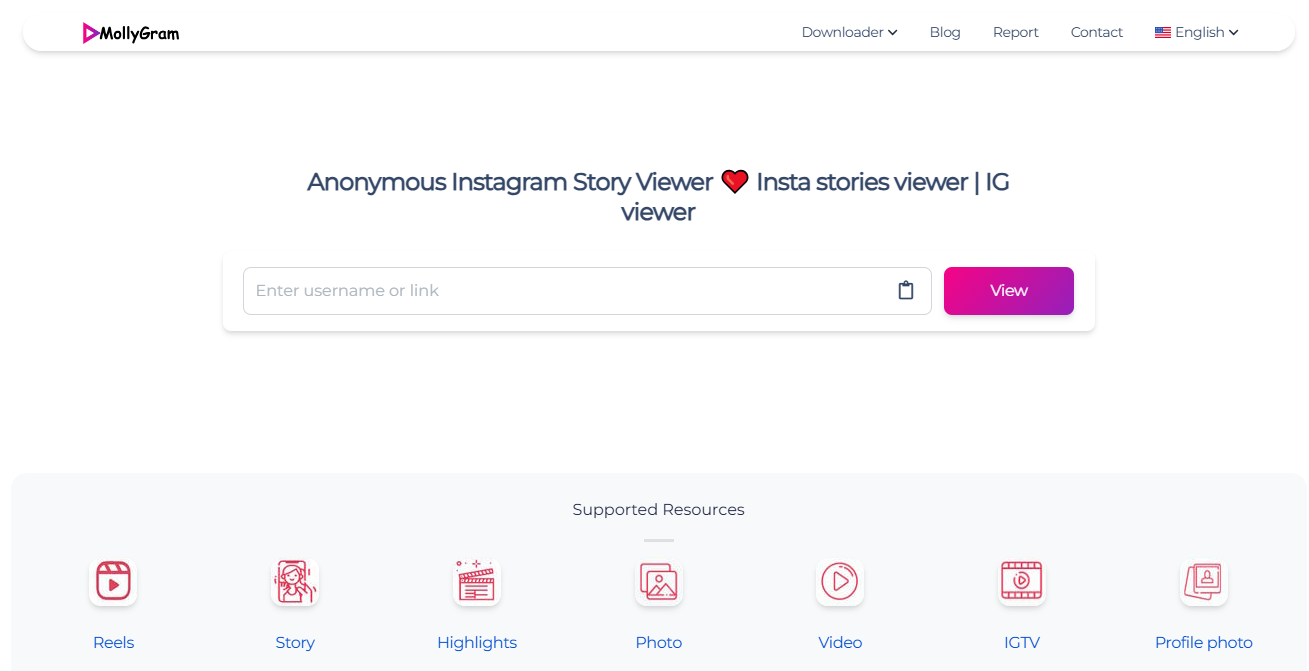In 2025, users expect Android apps to run flawlessly, whether on a budget device or a flagship phone.
With over 2.5 billion active Android devices globally and hundreds of new models launched each year, delivering a smooth, secure, and crash-free experience is not optional; it’s essential.
Android mobile app quality assurance plays an essential role in ensuring that apps function effectively across this complex ecosystem.
An efficient QA procedure can help prevent reputation damage, improve retention rates, and secure information of users.
This guide will go over:
- The reason Android QA matters more than ever
- Common problems in mobile app QA for Android
- The best practices and tools utilized by top-performing teams of developers
- The complete Android app testing lifecycle starting from the time of pre-launch through post-release
- How do you align your QA strategy with the goals of your product and budget
Why Quality Assurance Matters in Android App Development
Android mobile app quality assurance is of paramount importance due to various reasons, which we’ll discuss in more detail below.
Reason 1: Ensures Smooth Functionality Across Devices
Android is open-source and runs on thousands of devices from manufacturers like Samsung, Xiaomi, Google, Oppo, and more. These devices differ in:
- Resolution and screen size
- Types of RAM and processors
- Custom ROMs and OS versions
If you don’t do thorough Android app testing and quality assurance, your app could be able to function on one device and be unusable on another.
Functional QA tests will ensure that your app is functioning as expected across different settings.
This is the reason why testing on real devices, not just emulators, is a crucial stage in the Android app testing lifecycle.
Reason 2: Prevents Costly Bug Fixes Post-Launch
Repairing bugs after an application goes live is costly and can damage your reputation.
According to IBM, fixing a bug after release can cost 5x more than addressing it during development.
The early QA testing uncovers issues that could impact the performance and logic or even integration.
Using mobile app QA testing methodologies like regression testing and unit testing early on prevents delayed launches and unhappy users.
Reason 3: Boosts App Store Ratings and Retention
A program that frequently crashes or behaves strangely won’t last for long in the Play Store. Users are inclined to delete the app quickly and also leave negative reviews.
This can cause your app to go down in the search results, which reduces access and downloads.
Making investments in QA for Android mobile applications guarantees smoother performance and a superior user experience, which ultimately leads to better retention of users and a longer value.
Reason 4: Supports Security and Data Protection
When apps deal with sensitive information, such as health, finance, and social networking, security testing is vital. Examining for weaknesses as well as leaks of data and compliance are part of the larger Android app quality control method.
A single security vulnerability could result in violations, legal troubles, and damage to the brand.
QA teams must conduct regular penetration tests and make sure of compliance with Play Store security standards.
4 Unique Challenges in Android Mobile App QA
Unlike iOS, where developers have to support a limited number of devices, Android’s diversity brings a unique set of QA hurdles.
Challenge 1: Device Fragmentation
With thousands of Android devices in the market, fragmentation is the #1 challenge in Android application quality testing.
Each device comes with the screen dimensions of its own hardware and software skins (like OneUI, MIUI, etc.) that can impact performance.
QA engineers must build and maintain extensive device labs or leverage cloud-based testing platforms to cover a wide spectrum.
Challenge 2: OS Version Inconsistencies
Android users don’t upgrade their OS as frequently as iOS users. As a result, your app must support multiple Android versions simultaneously, sometimes going back four or five years.
Every OS version has its flaws. Complete Android app QA includes testing of regressions between supported versions to ensure compatibility.
Challenge 3: UI & UX Variations Across Devices
A layout that looks perfect on a Pixel 8 might break on a Galaxy Note. Different screen sizes, DPI settings, and aspect ratios affect UI alignment and accessibility.
UI testing is an essential component of the QA process for Android apps, particularly for apps that heavily rely on visuals or animations.
Challenge4: Play Store Compliance & Guidelines
Google is strict in its Play Store policies, which include guidelines for content, data safety declarations, and crash-free operation. Applications that aren’t compliant may be removed without notice.
QA testing must include validation against Play Store requirements, including performance benchmarks using tools like Android Vitals and Crashlytics.
Best Practices for Android App QA
The quality assurance process isn’t just about a checklist; it’s a constant integrated process in Android apps. Here are some tried and tested strategies:
Begin Testing at the beginning (Shift-Left QA)
One of the most effective techniques for Android mobile app testing and QA is to move to the left. This means beginning QA at the earliest possible point in the planning and requirements phase.
This method reduces the need for rework and allows for a smoother delivery.
- Examine user stories and wireframes to determine if they are testable.
- Recognize potential problems in the earliest stages
- Test cases to be created in parallel to development
Maintain a Dedicated QA and DevOps Pipeline
Contemporary Android development needs a solid DevOps and CI/CD culture. Incorporate automated tests and verify the build into the process.
This is helpful in keeping Android app quality control throughout updates. Essential elements of a DevOps-enabled QA process are:
- Automated unit tests for every commit
- Integration tests for staging builds
- Static analysis and code linting
- Crash reports come from Firebase Crashlytics
Write Modular, Testable Code
Developers must write their codes in smaller, distinct components that are simple to test. Be sure to follow SOLID principles and write components that can be reused and utilize dependency injection.
This lets QA engineers conduct focused tests of specific features without impacting the entire system. The benefits of modular code for quality assurance include easier unit testing, faster debugging, and simple integration testing.
Perform Regular Code Reviews and Static Code Analysis
Tools for static analysis of code, such as SonarQube, Android Lint, and PMD, identify issues before runtime.
Utilized in conjunction with peers’ reviews, static analysis helps strengthen the effectiveness of your QA for Android mobile applications. These tools can detect memory leaks, unused resources, code smells, and anti-patterns.
How to Ensure Quality Assurance in Android App Development
To establish a reliable QA method, you’ll need an approach that is step-by-step and tailored to Android.
Build an Android-Savvy QA Team
Don’t depend on generalists. Your QA engineers should be aware of the Android development ecosystem and testing tools, as well as user behavior. This will ensure rapid turnaround and efficient testing.
Essential skills of a QA engineer include:
- Experience with Android SDK
- The ability to understand ADB commands
- Experience in mobile test automation tools like Espresso or Appium
- UX/UI testing using Material Design standards
Conduct Multiple Testing Cycles Before Release
The objective is to discover the hidden edges and bugs that only show up in real-world situations. Thus, just one test isn’t enough.
The Android app testing lifecycle must consist of unit testing, integration testing, system testing, beta testing with real users, and regression testing before launch.
Always Prioritize Real-Device Testing Over Emulators
Although emulators are quick as well as cost-effective, they don’t completely replicate the real-world environment.
Invest in cloud-based real-device testing platforms like BrowserStack or Firebase Test Lab for wider coverage. Emulators can miss hardware-level bugs, battery-drain issues, and touch and gesture interactions.
Perform QA at the Time of Launch
Effective Android mobile app quality assurance during launch ensures a smooth user experience and reduces post-release risks.
Testing at the beginning of your launch is crucial to spot real-world issues before users start installing your application. Make use of this time to:
- Monitor crashes by Firebase Crashlytics
- Track performance via Android Vitals
- Verify the installation and flow of permissions
- Make sure to verify the stability of a third-party service.
Tailor QA for Startups vs Enterprises
Startups typically have limited budgets and time, whereas enterprises have to scale applications to millions. Your QA strategy must reflect these conditions.
Type | QA Focus |
Startups | Iteration speed, MVP tests Bug monitoring |
Enterprises | Security compliance, scalability performance under loads |
Startups should focus on quick-release cycles as well as essential testing coverage. Enterprises should prepare for the long-term maintenance, compliance testing, and performance monitoring across multiple regions.
Don’t Neglect Cross-Platform Consistency
Even if you focus on Android first, your users may also expect a seamless experience on iOS or the web. This not only enhances user experience but also improves efficiency in mobile app QA testing.
Use QA practices that test shared features, logic, and design across platforms.
Align QA Strategy with Your Android Budget
Testing every Android device isn’t feasible. Instead, you should define your intended group and then align your QA strategy accordingly.
The important considerations can include the top devices in the app’s user base, OS version distribution from Google’s Android dashboard, and resource allocation for manual vs. automated testing.
Allocate Resources for Android-Specific Challenges
In contrast to iOS, Android devices vary in the use of hardware sensors, custom UIs, and manufacturer behavior.
They are frequently overlooked in regular Android app testing services; however, they can have a significant impact on the performance of apps and even user satisfaction.
Allocate additional resources and QA resources for battery optimization, background process handling, notifications and permissions, and compatibility with Android Auto, Wear OS, etc.
Use Android Mobile Automation Wisely—Not Excessively
Automated tests are vital for scaling, but they’re also not a single-size-fits-all solution.
Balance is crucial. Automate routine test scenarios like login, onboarding, or data sync.
However, don’t automate everything in one go. Prioritize areas that are at risk first.
You still need manual QA for:
- Exploratory testing
- Validation of the UI/UX
- Gesture-based interactions
- Visual appearance on a variety of displays
Tools Used for Android App Quality Assurance
The right tools are crucial to ensuring success in Android QA. Each tool has a distinct function within the larger QA process for Android apps, which is why a mix of tools can be used to cover a broad range of issues.
Here’s a look at the top tools that are used in the business:
Tool | Type | Best For | Platform |
Firebase Test Lab | Cloud-based device testing | Running tests on real devices in the cloud | Android |
Appium | Automation framework | Automating cross-platform tests with real devices or emulators | Android & iOS |
Espresso | UI Testing | Rapid Native Android UI tests that run within the application | Android |
Detox | End-to-end testing | Evaluation of React Native apps with fast feedback loops | Android & iOS |
Android Vitals | Monitoring of performance | Crash reports, ANRs, startup time, and battery stats | Android |
Crashlytics | Real-time crash reports | Identifying, prioritizing and resolving stability issues | Android |
Common QA Mistakes to Avoid in Android App Development
Beware of these traps as avoiding them could save you hundreds of dollars and prevent months of delays.
- Skipping QA on low-end devices: Don’t only test on flagship phones. A large segment of users still use budget Android devices.
- Relying solely on emulators: Emulators don’t replicate battery usage, performance, or hardware-specific bugs.
- Lack of regression testing: Every update can introduce new bugs. Always run full test cycles before new releases.
- Poor bug documentation: Incomplete bug reports slow down development and confuse the team.
- Neglecting Play Store guidelines: Violating Google’s policies can get your app delisted, even if it functions perfectly.
FAQs
Why is Quality Assurance (QA) essential in mobile app development?
QA makes sure that the application is working as intended, runs well across devices, and is in line with the expectations of users.
For Android in a region where fragmentation of the device can be high, quality assurance helps reduce crashes, increases security, and increases the app’s rating.
What are the most effective QA techniques for mobile app development?
Key techniques include unit testing for individual components, integration testing for system behavior, regression testing to verify existing features after updates, real-device testing for compatibility, and automated UI testing for scalability.
How does automated testing enhance the quality assurance process in mobile apps?
Automatization reduces time that is spent doing repetitive testing. It also ensures consistency and assists in catching any regressions before they occur.
It’s particularly useful in CI/CD environments and allows for more rapid, secure releases.
Why is usability testing a critical component of mobile app QA?
Testing for usability ensures that your app is easy to use and user-friendly. It covers things like navigation and accessibility, layout responsiveness, and error handling.
Conclusion: Android Mobile App Quality Assurance
Quality assurance isn’t optional; it’s a cornerstone of successful Android app development.
With thousands of Android devices, frequent OS updates, and ever-evolving user expectations, your QA process must be efficient, continuous, and tailored.
From ensuring real-device testing to choosing the right tools and avoiding costly mistakes, every QA step contributes to your app’s success.
At HALO Digital, we offer end-to-end mobile app development services with built-in QA pipelines tailored for Android.
Whether you’re a startup launching your first MVP or an enterprise scaling to millions of users, we ensure your app meets the highest standards of quality, performance, and user experience.
Let’s build better Android apps, together!

Abdullah Mangi is an SEO strategist and content writer with 5 years of experience helping businesses grow online. He writes about programming, tech, online business, and practical how-to topics. Abdullah has worked with clients in SaaS, software development, web design, link building, yacht rentals, gardening, car rentals, and recruitment.



























